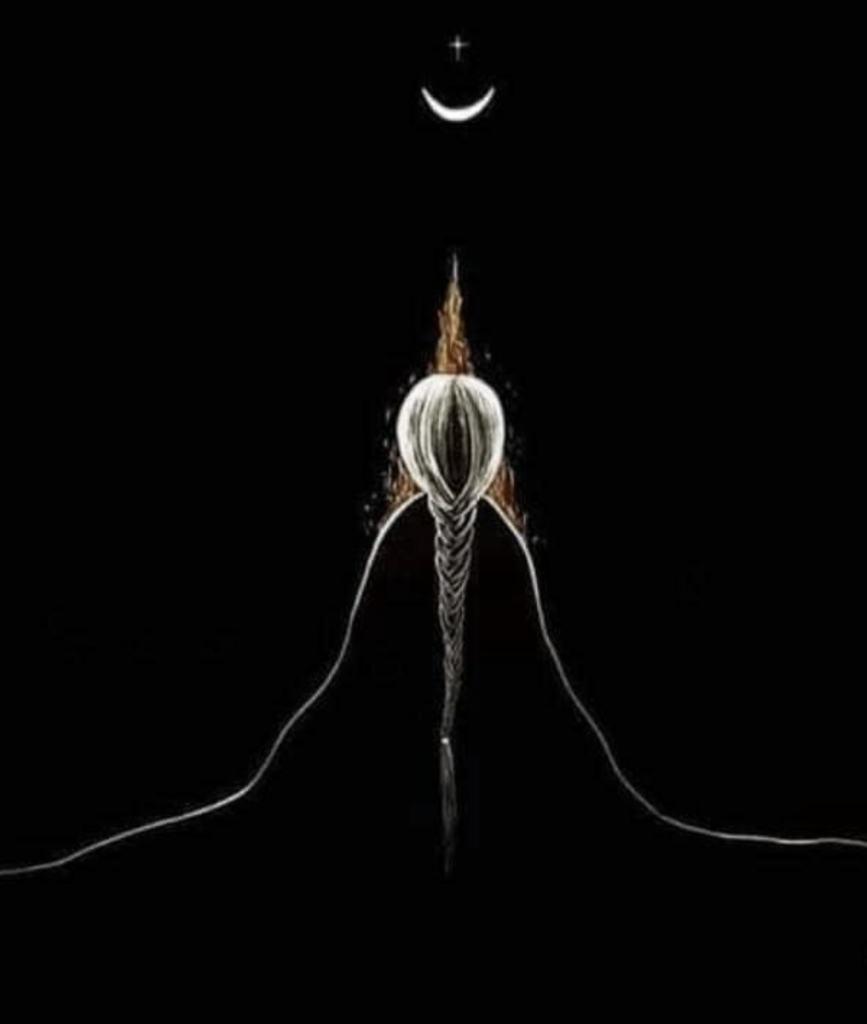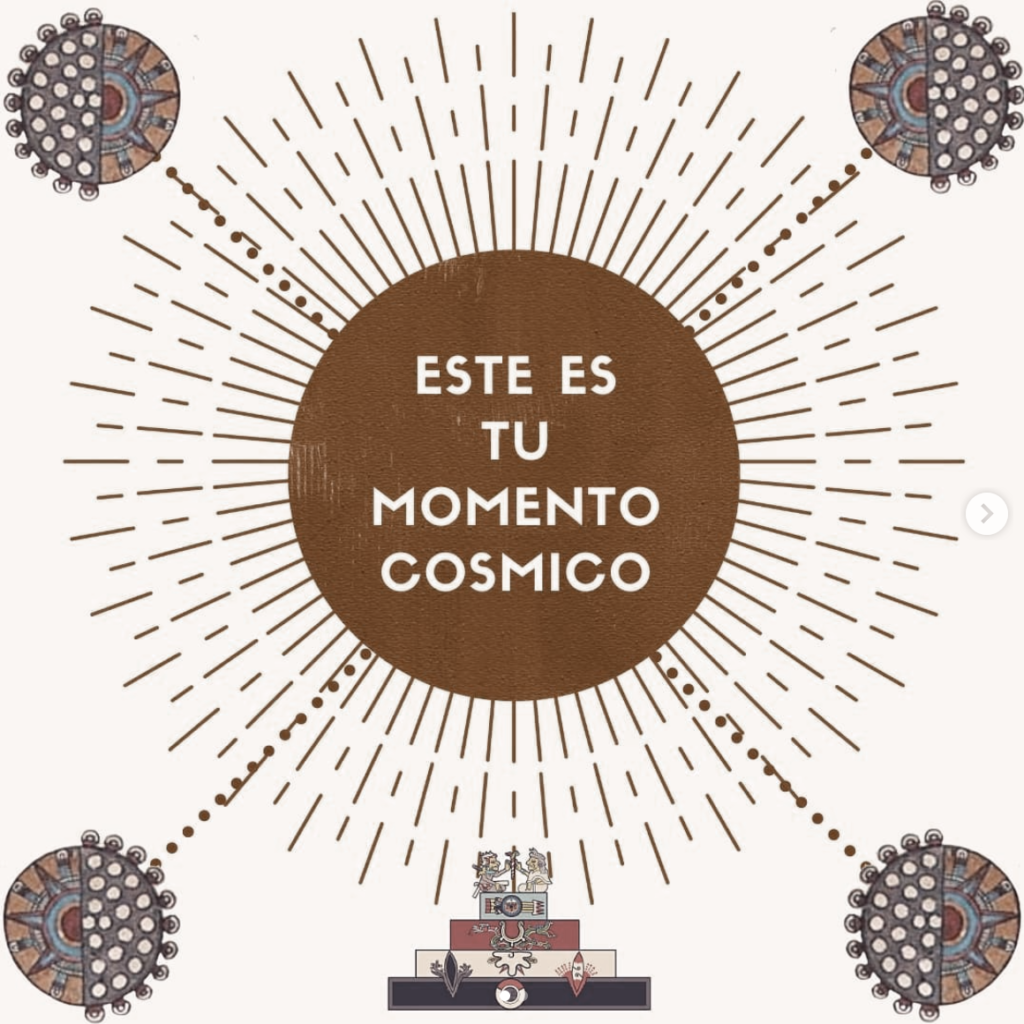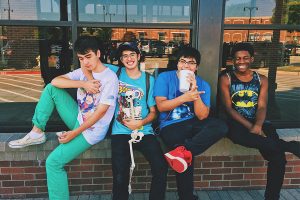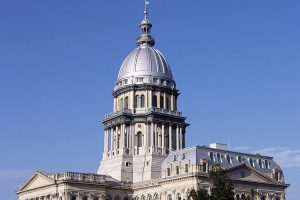Honoring the Invisibilities of Women’s History Month
Publisher: Jocelyn Vega

Content warning: violence against women, physical forms of violence, sexual violence, rape, domestic violence, colonial violence, trauma, bystander
Woman’s History Month was something that I didn’t grow up with. A public and global celebration of self-identified women was not seen through my eyes, especially of women who resembled me. This moment in society is new to me and somehow difficult to find joy. Unspoken pain and invisibilities mark my mind instead. I find this difficult because there is a significant gap between the generational traumas of women in my life to now this dedicated time for celebrating women’s legacies. Woman’s history month definitely holds potential to be part of my life but feels very distant.
Here is the part where I now become positive and share how Woman’s History Month will change my outlook. Unfortunately, I face a long journey in celebrating womanhood without acknowledging the wounds and buried histories. I stand between this gap between joy and remembrance. There are decades of my own life defining this spectrum.
On one end, I knew at a young age that women experienced violence for simply being a woman. I knew that women from immigrant communities faced additional types of discrimination. Witnessing ways people were condescending to my mother for not speaking English in a grocery store. Witnessing ways how people shredded an unknown women’s accent in public and with authority. I saw how their English would mumble into tears. I saw from afar but knew the feeling too well. I knew this without explanation or processing. Society and culture spoke for itself. No one needed to.
Growing up, my eyes traced the actions of strangers, men, and media into disappointing understandings. The world is unsafe for women like me, my mother, and women who I saw. I knew violence against women because I lived it with those who I loved the most. I knew this because of its glaring repetition throughout lifetimes across languages, cultures, and land. Women who were simply existing yet vulnerable to attacks in their own home, workplaces, public transit, and hearts.
Witnessing this gendered violence showed me victimhood more than girlhood. The scale of this violence grew directly for many Black, Brown, Indigenous, and Women of Color during school. I understood that women were targets of violence through values, not just actions. I faced these actions with confusion. Hope was given by the same women in my life in those moments. Women, like my mother, who watered me carefully and did not allow anyone to rip out my roots.
Since childhood, I pulled from these same roots as a witness to support those in similar situations. My life evolved from living with domestic violence to advocating in court and statewide settings for domestic violence survivors as a legal advocate and fearless community member. This point of my life required watering my own internal strength to relive experiences while maintaining the integrity of each client in the present moment. It was a time where gendered violence etched nearly every corner of my life: almost losing someone to domestic violence, responding to domestic violence emergencies, helping survivors escape the state, volunteering on a 24/7 hotline, and assisting an elder recover from domestic violence’s impact. This role was reconciling intergenerational lifetimes and pains within the safety of supportive relationships for others. Overwhelming pain and loss, when working in systems, could have easily washed me away. Yet, it was existing in this pain that deepen my trust in the power of relationships in the face of gendered violence.
I share all this because I am no longer that child, but those young eyes continue to live in me as a woman. This young child has also been my greatest teacher as a professional advancing trauma awareness and healing today. As Director of Trauma Initiatives at ICOY, I am thankful for my younger self for not looking away.
This is why the celebration of Women’s History Month feels like an ocean where I cannot swim. Finding joy feels like crashing waves with water rushing over me. This does not mean that I’m not learning to swim. Embracing this month will take time and steps. I’m here to say that I recognize the other end of my own internal gap between this celebration and histories of violence, too. Honoring women and the trauma will be my bridge until I’m ready to dive in.
On the other end of the spectrum, I recognize all of the sacrifices of women before me as celebration. This includes women, from beyond my lineage, who tirelessly fought for the future that they wouldn’t see yet believed in. As a decedent of central Mexico, I honor the lineage of women who survived colonialism for nearly 400 years, exploitative economic systems during European settlement, and attempts at indigenous cultural genocide. I honor those who were sexually trafficked and abused during colonialism, and this resistance lives till today. I recognize this and many other intergenerational traumas that have undergone healing as a community of women across lifespans. As a child from the two continents of the Americas, I live with this honor as a responsibility of transforming intergenerational trauma to ancestral justice for women.
This is what I honor in being alive today and beyond this month. I am here to celebrate the women who made it safer and empowering to embrace my womanhood now. Women who stand of the shoulders of giants across ancestries, languages, and internal wisdom of our wombs. To honor the hundreds of years of women displacing gender inequality till our present day. I hope that we continuously honor the thousands of women before us – the women before you. To honor the unknown names and faces of women that we will never know from thousands of years.
In honor of Women’s History Month, I ask you to reflect on your eyes as a child and how women were not seen. See them in that moment and see them with honor. We all have the potential of passing healing as witnesses to women and beyond our generations.
Paz,
Jocelyn Vega

ICOY Staff & Imagery Contributions
Written by ICOY Director of Trauma Initiatives Jocelyn Vega. Editing contributions by ICOY CEO Andrea Durbin, Assistant Executive Director Sarah Daniels and Communications & Marketing Manager Melissa Franada. Find more information on the ICOY Staff.
Artwork are by Ixpahuatzin Clarissa Gonzalez and Akaxe Gomez. Find more information on their respective websites, bloodmoonhealing.com and inasca.org.






